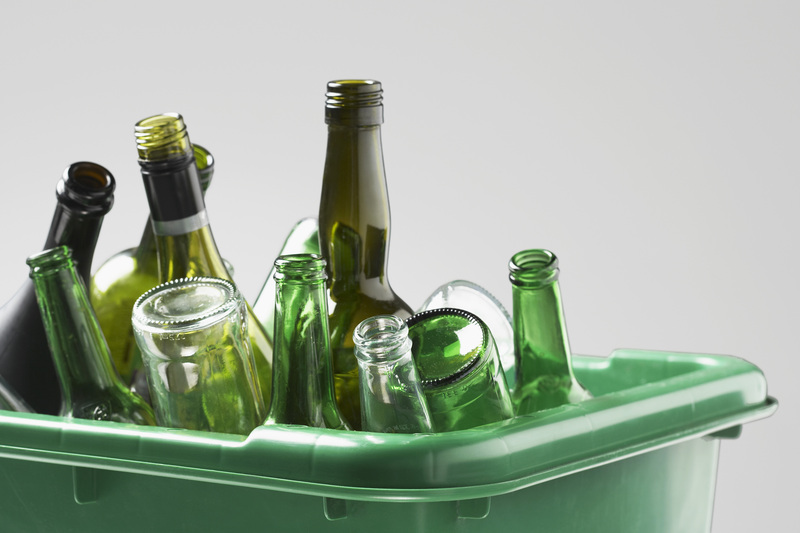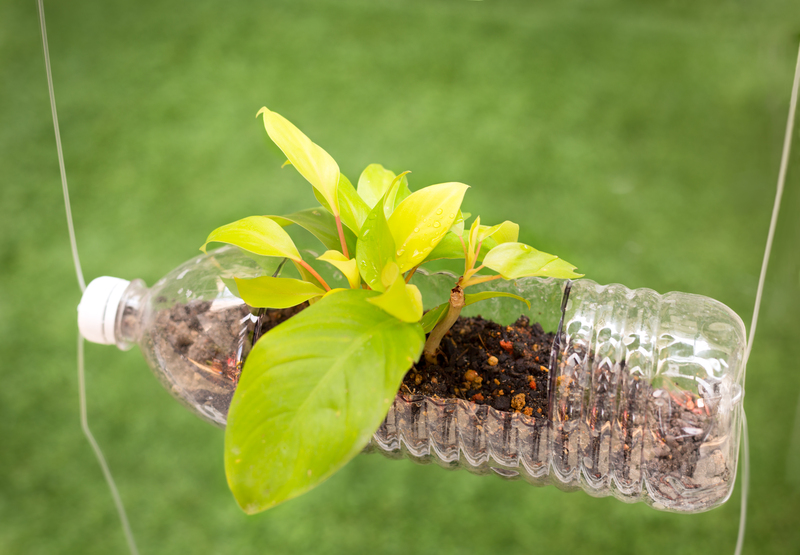Eliminating Microplastic Pollution: A Feasible Goal
Microplastic pollution has emerged as a pressing environmental issue, stirring concerns among scientists, activists, and policymakers globally. With plastic production expected to continue growing, addressing microplastic pollution is essential for ensuring the health of our ecosystems and human populations. But is eliminating microplastic pollution truly a feasible goal?
Understanding Microplastics
Microplastics are tiny plastic particles measuring less than 5mm in diameter. They originate from a variety of sources, including larger plastic debris that degrades into smaller pieces, as well as manufactured products such as microbeads used in cosmetics and cleaning products. These tiny pollutants are found in oceans, rivers, soil, and even the air we breathe.
The Impact of Microplastic Pollution
Why is microplastic pollution problematic? These tiny particles have infiltrated almost every corner of the planet, leading to widespread environmental and health concerns. Below are some key issues associated with microplastic pollution:
- Impact on marine life: Ingested microplastics can lead to physical harm and toxic exposure in marine organisms, affecting growth, reproduction, and survival rates.
- Harm to human health: Microplastics have been found in drinking water, food, and air, posing potential health risks to humans through ingestion and inhalation.
- Economic burden: The cleanup of microplastic pollution and its effects on fisheries and tourism can lead to significant economic costs.

Strategies to Combat Microplastic Pollution
Despite the challenges, several strategies can be implemented to tackle microplastic pollution. From policy initiatives to innovative technologies, these strategies offer hope for a cleaner, healthier planet.
Policy Measures
Governmental intervention plays a pivotal role in reducing microplastic pollution. Below are some initiatives and policies that have shown considerable promise:
- Bans and restrictions: Implementing bans on single-use plastics and microbeads in personal care products can significantly reduce the source of microplastic pollution.
- Extended Producer Responsibility (EPR): Policies mandating manufacturers to manage the lifecycle of their products, including waste, encourage eco-friendly designs and the reduction of plastic use.
- Public awareness campaigns: Educating individuals about the effects of microplastics can stimulate behavior changes, such as reducing plastic consumption and improving waste disposal practices.
Technological Innovations
In addition to policy measures, technological advancements can offer innovative solutions in combating microplastic pollution. Here are some promising technologies:
- Advanced filtration systems: Updating wastewater treatment facilities with high-efficiency filtration can prevent microplastics from entering natural water bodies.
- Biodegradable alternatives: Developing and adopting biodegradable materials as substitutes for conventional plastics can reduce the source of microplastic production.
- Microplastic collection devices: New tools and technologies, like drifting robots or nets, are being developed to capture microplastics in oceans and rivers.
International Collaboration and Action
The global nature of microplastic pollution demands international cooperation and comprehensive action plans. Various international organizations and countries have started to band together to tackle this issue collectively.
Global Agreements and Collaborations
Several international frameworks and agreements focus on addressing microplastic pollution:
- United Nations Environment Programme (UNEP): UNEP's initiatives and campaigns call for worldwide action to prevent and reduce marine litter, including microplastics.
- G7 and G20 Summits: These summits have discussed measures to curtail plastic pollution, promoting policies to improve waste management infrastructure.
- Cross-border projects: Collaborative projects between nations, research institutions, and NGOs are vital for tackling microplastic contamination in shared waters.

The Role of Individuals in Reducing Microplastic Pollution
Individual actions can collectively make a significant impact on microplastic pollution reduction. Here's how individuals can contribute:
- Reduce plastic consumption: Opt for reusable containers, bags, and bottles. Avoid products containing microbeads, commonly found in facial and body scrubs.
- Proper waste disposal: Participate in recycling programs and dispose of plastic waste responsibly to reduce environmental leakage.
- Engage in community clean-up drives: Join local initiatives aimed at cleaning beaches, rivers, and urban areas to directly combat pollution.
Can We Truly Eliminate Microplastic Pollution?
While eliminating microplastic pollution is a complex and formidable challenge, it is not insurmountable. Advances in technology, robust policies, international cooperation, and individual commitment all contribute to a gradual, yet powerful response to this pressing issue. Through concerted efforts, we can work towards minimizing the presence and impact of microplastics in our environment.
Addressing microplastic pollution necessitates holistic solutions that encompass prevention, innovation, collaboration, and education. With these strategies in place, the vision of a cleaner, microplastic-free world can become a reality.
By continuing to innovate and mobilize collective action globally, we can ensure that our ecosystems are preserved for future generations, securing a healthier planet for all its inhabitants.